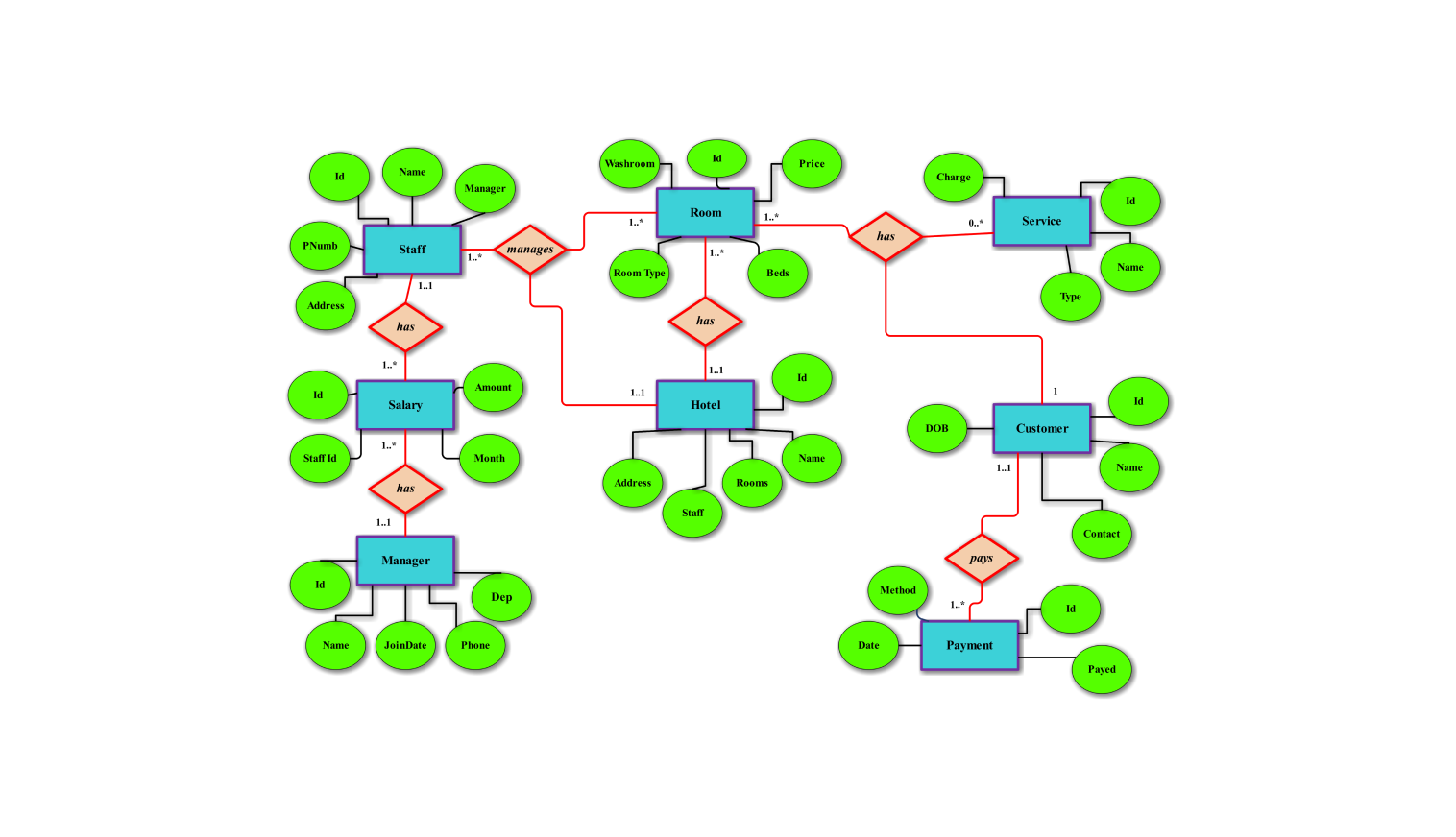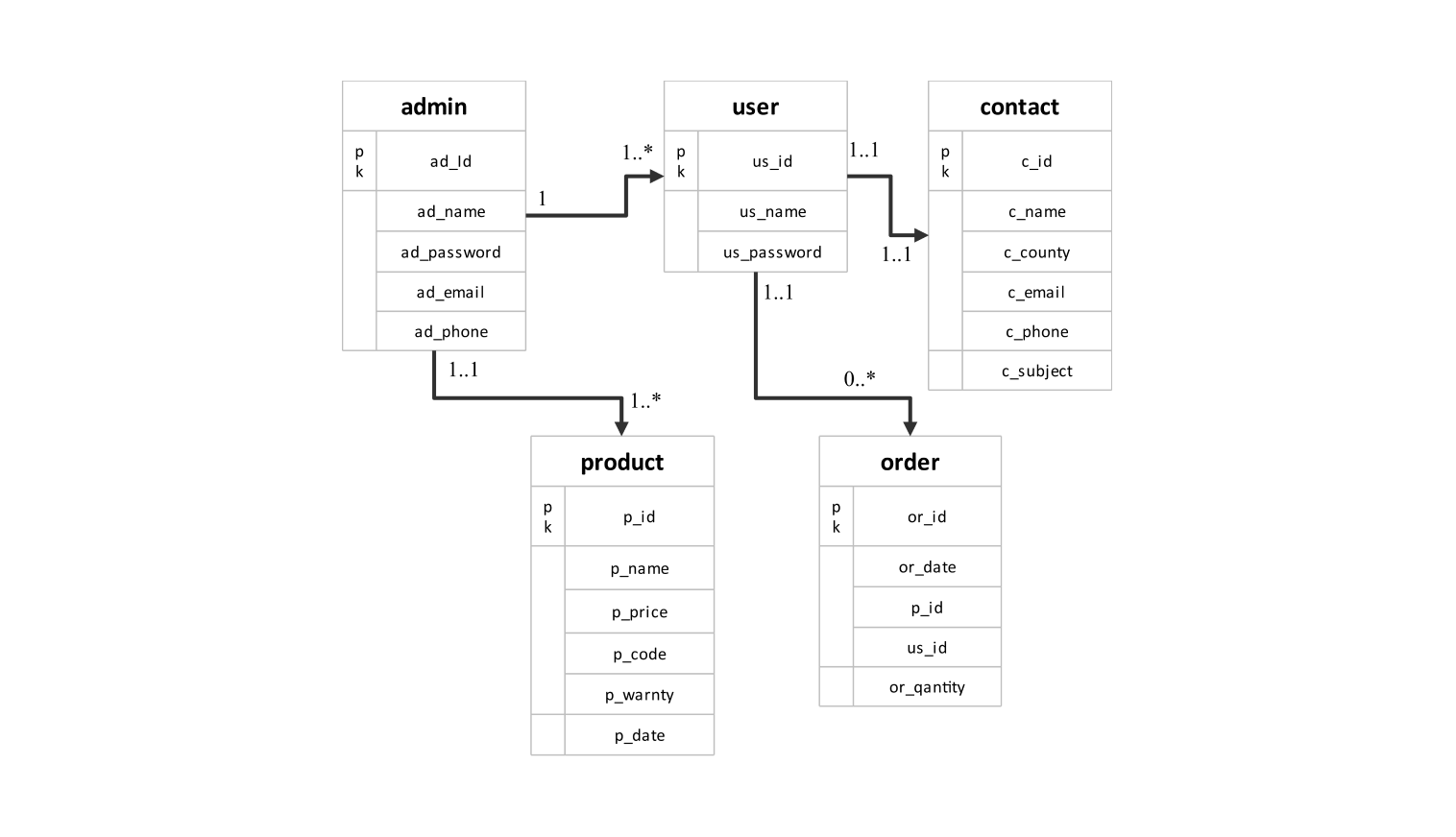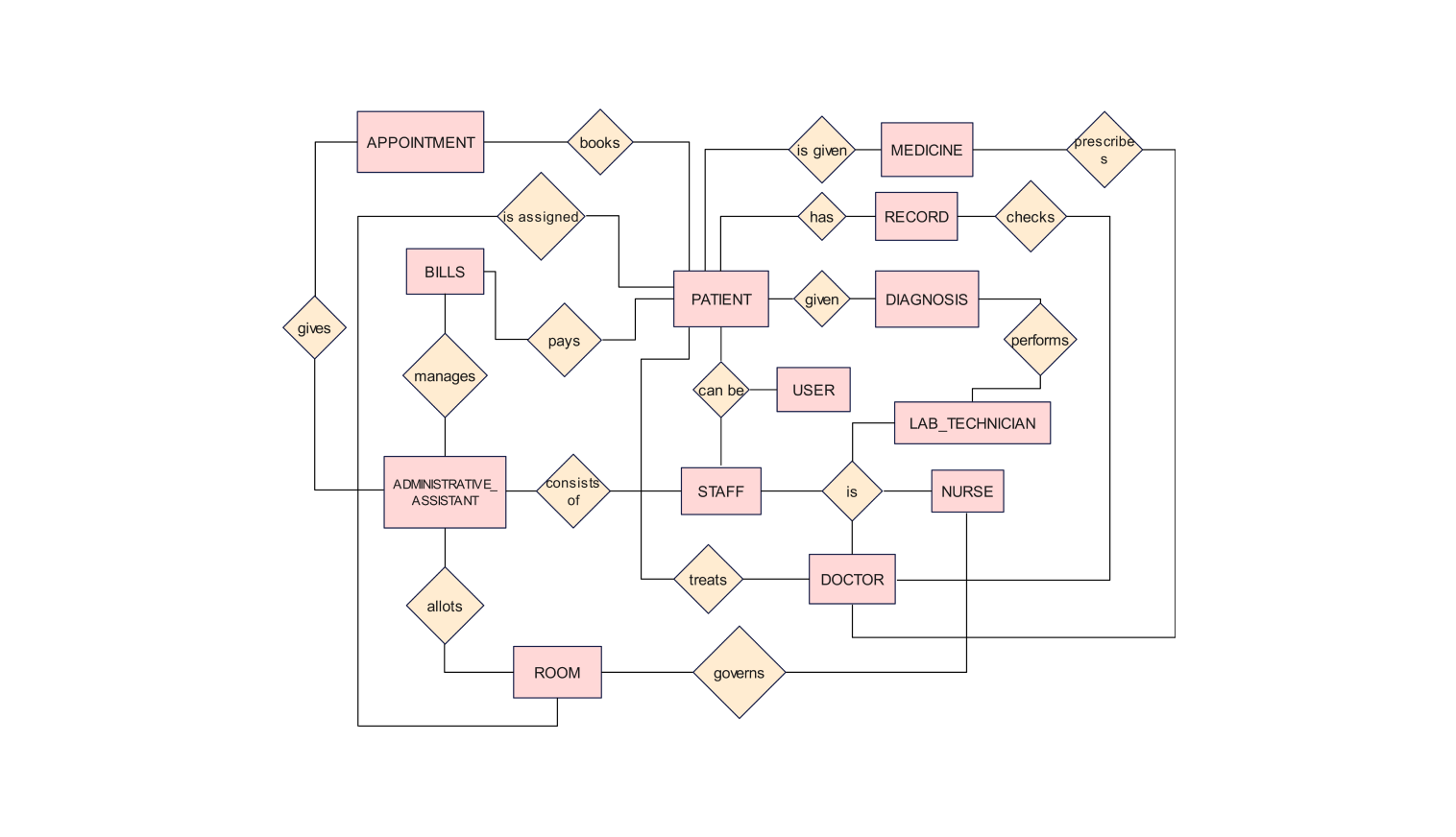- All templates
- ER diagram templates
- University management ER diagram
About this ER diagram example
Crafted for better know-how of university operations, this ER diagram template gives a clear visualization of key entities involved within a university management system. The diagram also highlights the relationship among the entities present within the system
Through this ER diagram, the system's architecture and entity relations are visually represented, aiding in understanding the workings of the system.
It consists of different entities such as Lecturer, Coordinator, Student, Lectures, and Timetable. Each of these has specific attributes and relationships between them.
Here the Lecturers can upload multiple lectures, which can then be viewed by multiple students. However, each lecture is uploaded or belongs to a single lecturer. The coordinator manages timetables, with each timetable assigned by a single coordinator. Students can access multiple lectures and timetables uploaded by lecturers and coordinators respectively. Also, a student can only view one timetable.
This system shows the Information sharing and scheduling system within the university management system. Lecturers upload educational content within the system, while the coordinators manage the timetable. The students benefit by accessing these resources within the system.
Here every component has its respective responsibility and their respective interactions are essential to achieving the overall functionality inside a university management system
Tip: For more ER diagrams for university management, check this out.
How to use the ER diagram template for university management
Click Edit free online. Customize it inside EdrawMax Online. Drag and drop symbols from the libraries on the left side.
Edit the text. Style the lines, boxes, and text. Save some common elements in your libraries for future use.
After you are finished, export the diagram in various formats. Your options include SVG, PPTX, PDF, or JPG.
Benefits of the template
ER diagrams are invaluable for university management as they provide a visual representation of the database schema, aiding in clear communication among stakeholders. These diagrams serve as a blueprint for database design, ensuring the efficient organization of entities, attributes, and relationships.
By identifying dependencies and normalizing the data, ER diagrams help in creating a robust and scalable system. Additionally, they assist in requirement analysis, ensuring that all necessary components are accounted for in the system design, leading to a comprehensive university management solution tailored to the institution's needs.
FAQs about this template
-
What is ER diagram for college management system?
An Entity-Relationship (ER) diagram for a college management system typically includes entities such as Student, Faculty, Course, Department, and Enrollment. Relationships between these entities can be represented using various symbols to denote cardinality and participation constraints.
-
What is the structure of the university management system?
The structure of a university management system can vary depending on the specific requirements and functionalities desired. However, it generally includes modules for student management, faculty management, course management, department management, enrollment management, examination management, library management, finance management, and administrative functions. These modules interact with each other to facilitate the smooth operation of the university.
Related templates
Get started with EdrawMax today
Create 210 types of diagrams online for free.
Draw a diagram free Draw a diagram free Draw a diagram free Draw a diagram free Draw a diagram free












